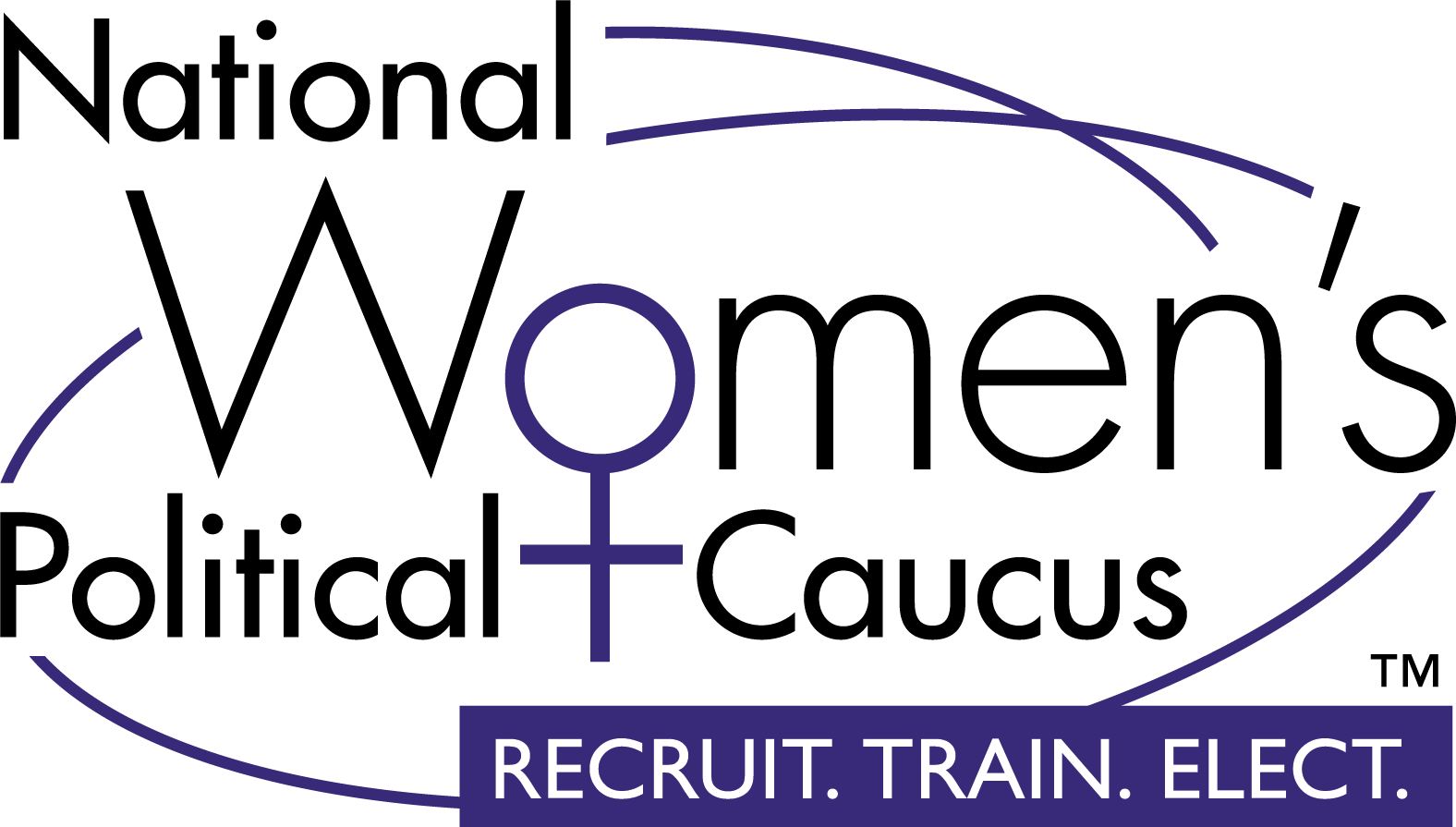By Dr. Carmen Schaye, NWPC Vice President of Diversity
December 2019 marked a significant moment for women in the workplace. For the first time since 2010, US women made up the majority of the payroll workforce. This development likely reflects the future of the American labor force. Working women have been moving in this direction for quite some time. In 1964, women held 32% of non-farming related payroll jobs. While there have been peaks and troughs along the way, this trend has steadily increased over time.
While this rise would seem to reflect an increase in equality, it also correlates with a shift in the economic tide within America. As more and more goods are produced overseas, the manufacturing industry has been on the slide. In December alone, the US economy shed 21,000 manufacturing jobs (according to the US Bureau of Labor Statistics.) These losses significantly impacted men, who primarily work in manufacturing. Conversely, 36,000 jobs were created in the healthcare and education sectors, areas that employ high proportions of women, within that same time frame. While the economy’s trend away from manufacturing and toward the service sector continues, it is likely that we will see continued growth among women in the workforce.
This does, however, show that the increased percentage of women in the workforce owes as much to the changing economic climate as it does to any increase in economic equality. Perhaps a better indicator of equality is the gender pay gap, which has remained relatively stable over the last decade. In the 28 years between 1980 and 2008, women went from earning 67¢ to a man’s dollar to 83¢, an increase of 16%. In the years since 2008, that disparity only closed a further 2%. This paints a picture of an economic gap which, after closing significantly, has stalled more recently, despite more women entering work.
The obstacles that prevent the closing of this gap remain unchanged, despite recent improvements to working conditions. Women still, on average, bear significantly more of the burden of family responsibility. According to the Pew Research center, the care of a child or a family member meant that 42% of women experienced a significant reduction in work hours compared to 28% of men. Furthermore, 39% of mothers took significant time off work in the form of paid or unpaid leave, with only 24% of fathers doing the same. In general, increases in pay correlate to time spent in a job, and “career interruption” is a huge contributing factor in women earning less than men. It also impacts the amount saved for retirement, leading to greater economic disparity as women get older.
Despite the introduction of paternity leave and stricter laws against discriminatory hiring practices, more progress needs to be made to catch up with the rest of the developed world when it comes to supporting mothers in the workplace. It is important that we address the fact that 27% of mothers quit their jobs due to having children compared with only 10% of fathers.
This year is set to be the first in which women make up the majority of college graduates in the workforce. The figure, given by the US Bureau of Labor Statistics, stands at 50.2%, up 11% since the turn of the century and this looks set to trend upwards.
It is reflective of the fact that more women than ever are going to college – of those who earned a Bachelor’s Degree in 2018, 57.5% were women. According to The Pew, those with a college education will earn, on average, 50.7% more over the course of their careers than those with only a high-school graduation certificate. The significant majority of female graduates coming through can mean only one thing for the future: a significant share of the economic pie will be in female hands within the next 10-15 years. The future is female. We must continue to encourage those college-educated women to enter the workplace. Once there, their prospects for higher-earning equal their male colleagues. Prospects for women in America in 2020 are hopeful. Despite the unprecedented push-back on reproductive rights coming from the conservative judiciary and the executive branch, the prospect of women one day holding equal political and economic power in this country has rarely been better. Even though recent gains in the workforce percentage may correlate more with economic conditions, there is real hope that the dramatic increase in college graduates will lead to equally dramatic dividends in the future. A new generation of highly qualified, well earning, empowered women cannot help but do wonderful things for the future of the country. A quick look at the news cycle will tell you- it cannot come soon enough. © Dr. Carmen Schaye

